Why is my plant losing leaves?
There are lots of different reasons why a plant might be shedding leaves. Some good, some bad. Almost all fixable.
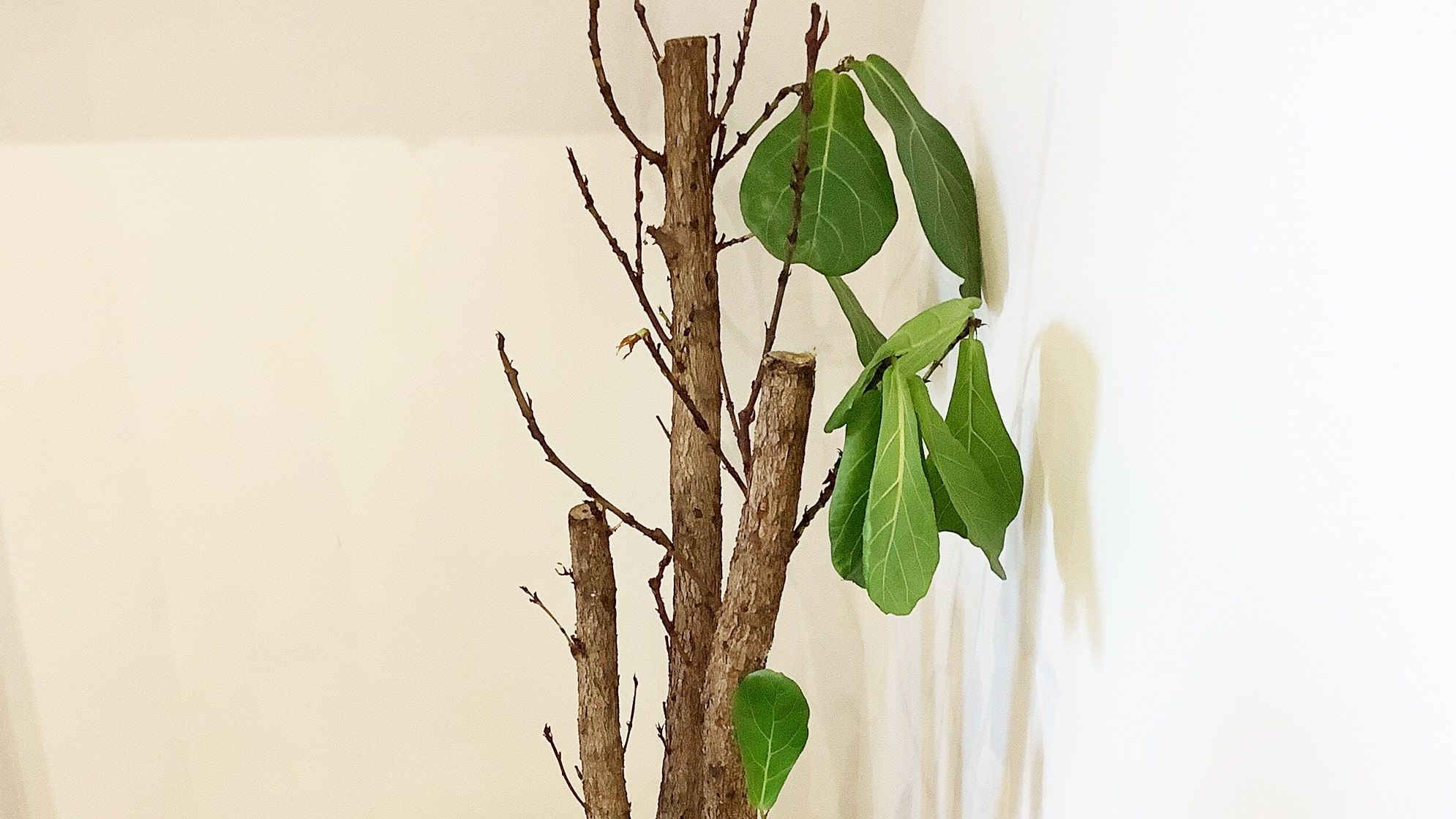
Just as humans shed hair, plants shed leaves. It’s a part of the normal life cycle. If your plants are shedding a few leaves here and there, you probably don’t need to be concerned at all. If they’re shedding a lot of leaves, or have very few left, then there might be a problem. These are the most likely causes.
It’s adjusting
If you’ve just received your plant and notice it dropping leaves, it’s probably fine. When a plant moves to a place with new light and temperature levels, it has to do some adjusting. It’s working out how much growth it can support and may shed a few leaves if it thinks the conditions are less than perfect (don’t take this personally). It may also be a bit shocked from its travel and just need time to calm down.
Solution: Leave it somewhere bright, but away from direct sunlight, and warm. Give it a week or so to get used to its new surroundings.
It’s winter
A lot of plants shed leaves in winter. Light levels are lower and temperatures cooler, so your plant won’t get the sun and heat it needs to keep growing. It essentially goes to sleep – known as ‘dormancy’ – to preserve its energy until the conditions are right for growing again.
Solution: None needed. Keep your plant somewhere warm and bright and let it rest until spring, when it should start growing again.
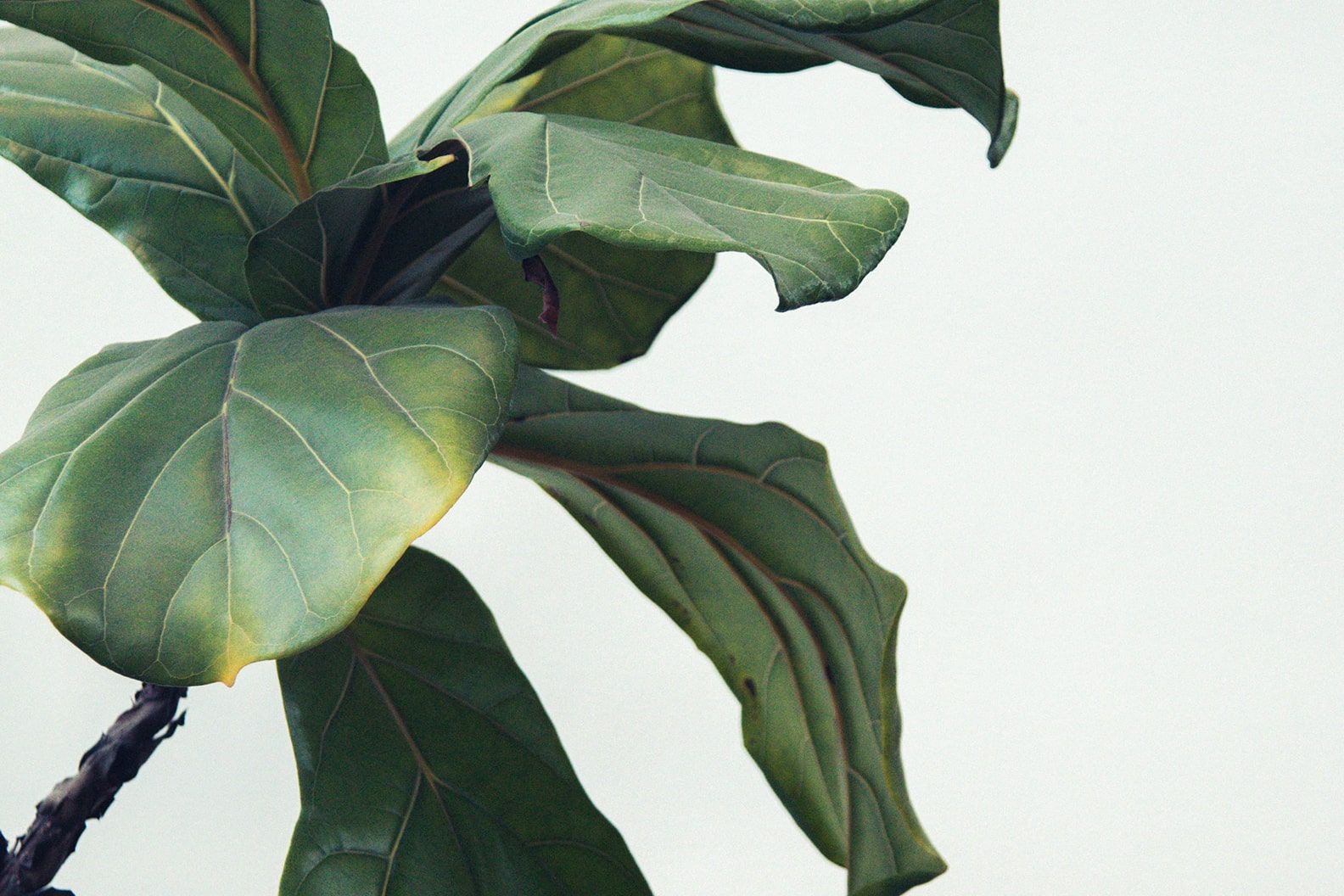
Lack of sunlight
Plants need sun to survive. If a plant isn’t getting enough sun, it can’t make enough energy to thrive, so it will drop leaves so it has less growth to feed.
Solution: Move it a little closer to a window and see if it improves.
Over or underwatering
Houseplants can drop leaves due to too much or too little water. If they’re getting too little water they won’t have the energy to sustain all their leaves, so they drop some to ease the pressure. If they’re getting too much water they’ll drop leaves due to stress.
Solution: For most plants, you should water them when the top two inches of soil feel dry. If the soil feels bone dry or soggy, it’s time to adjust your schedule.
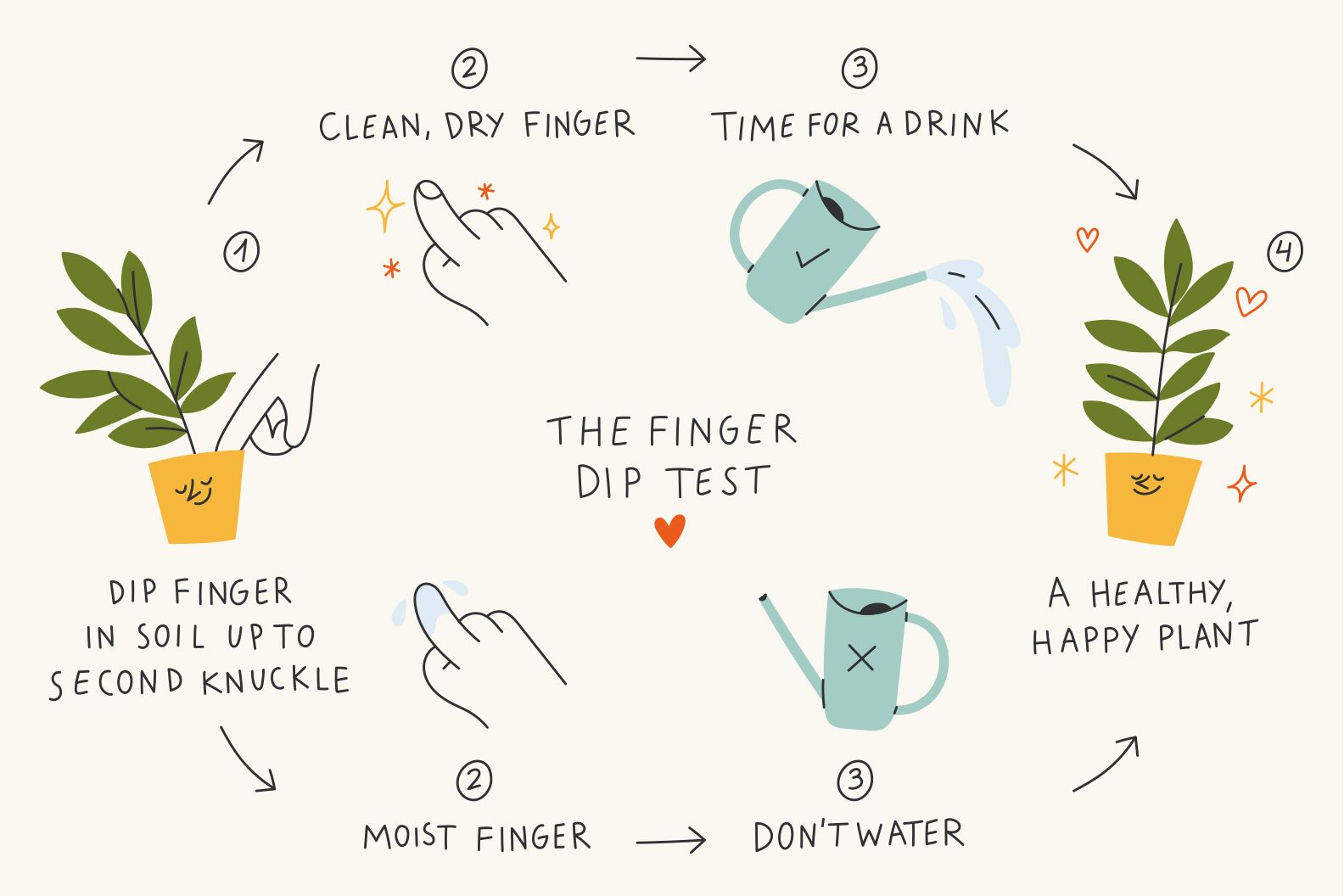
Draughts
Plants prefer their environment to stay fairly constant. They don’t enjoy big changes in temperature, hot or cold. A plant living next to a draughty window or a door to the outside may start to drop leaves because it’s confused by the temperature. The same may be true if you keep your plant right next to a radiator.
Solution: Put your plant away from draughts and radiators. It likes a spot that’s warm enough for you.
Its pot is too small
As your plant grows, it needs larger roots to support all the growth above ground. If its roots are too squashed in the pot, it can’t suck up all the water and nutrients it needs to feed itself properly.
Solution: Re-pot it. Giving your plant a slightly bigger pot will provide more room for its roots and help it eat and drink more efficiently.
Rewild your inbox
Plant tips. Special offers. No spam.
You might like
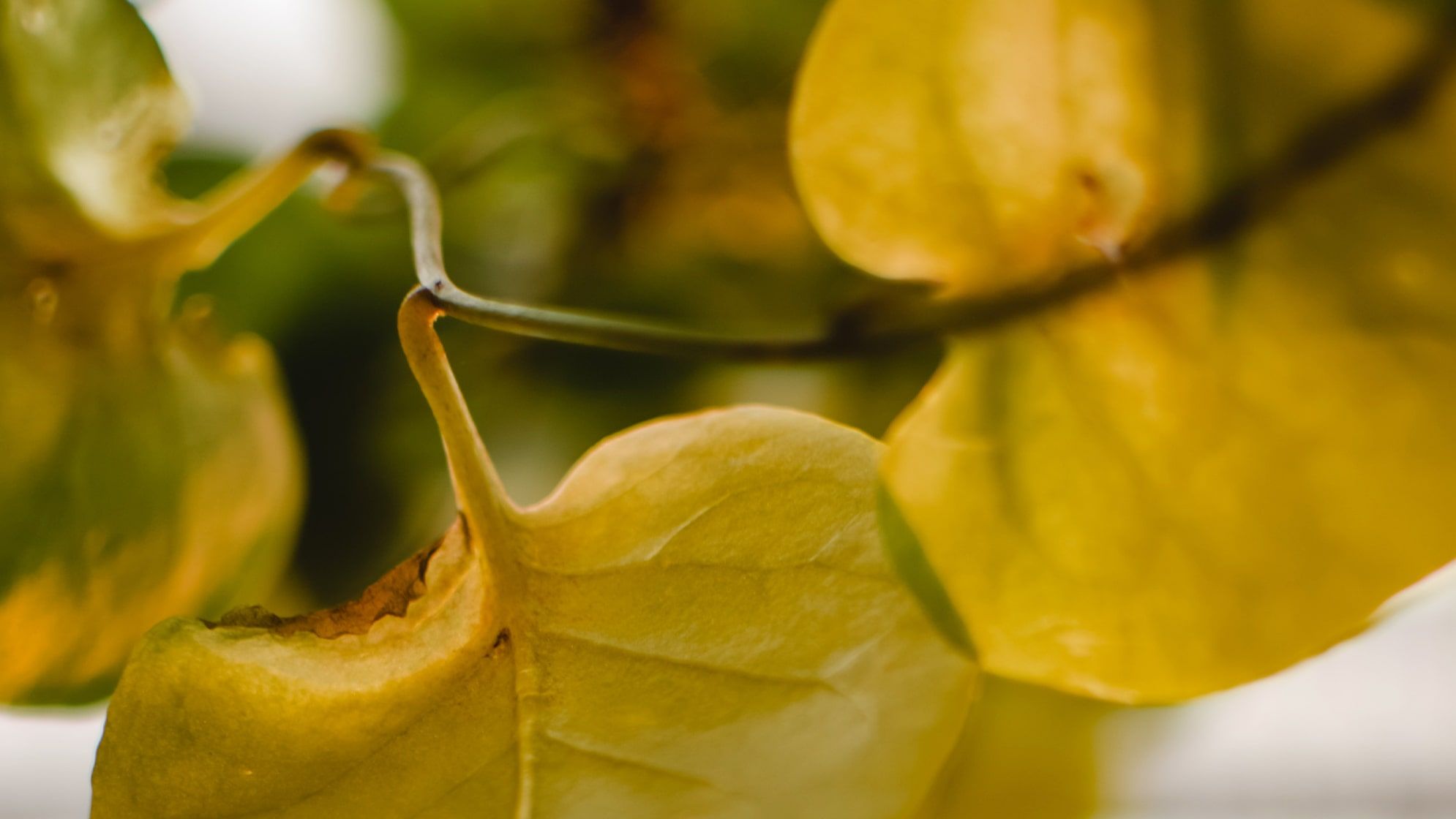
Why does my plant have yellow leaves?
How to spot them, fix them and stop them coming back
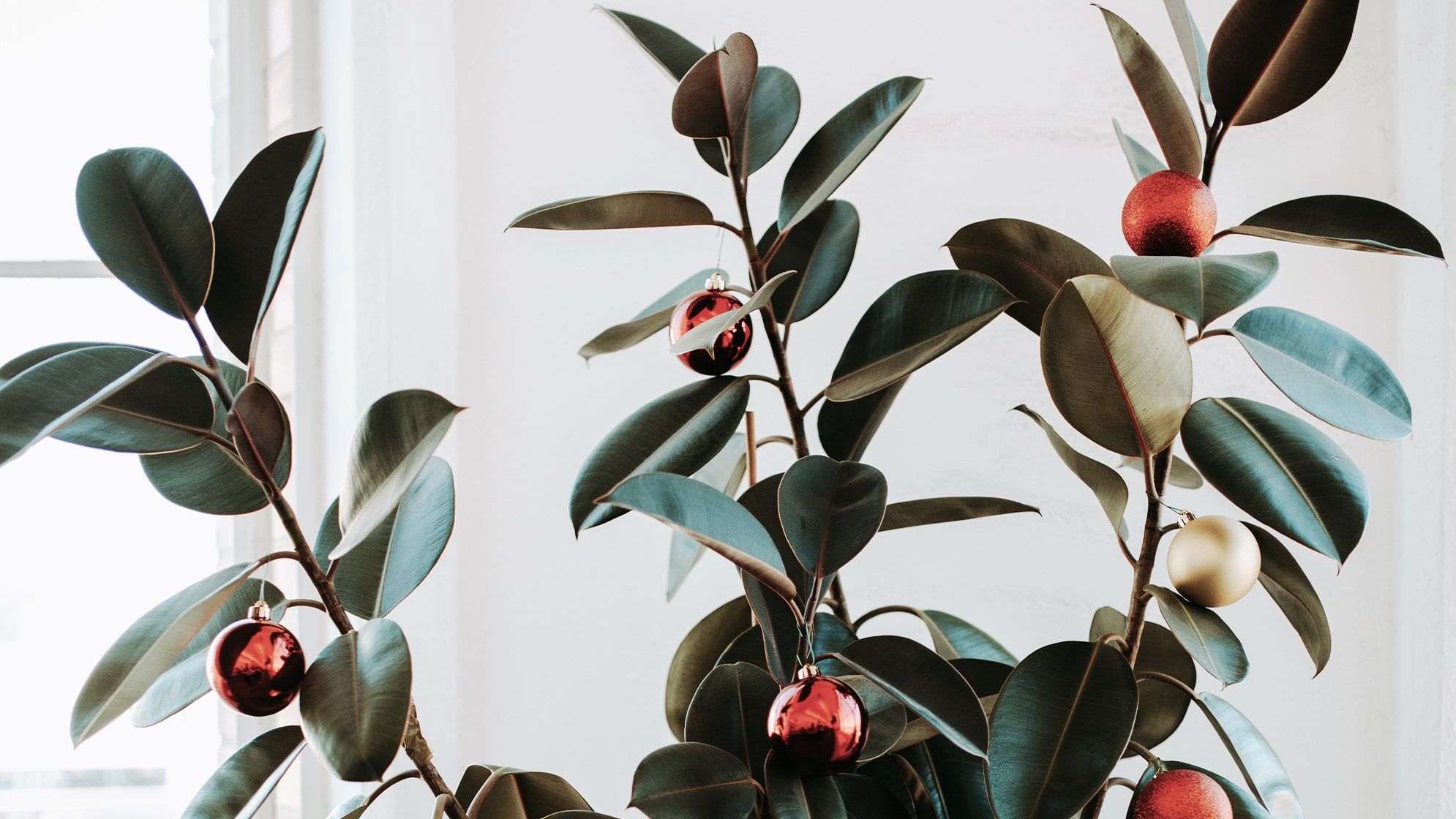
How to care for your houseplants in winter
It’s time for them, and you, to take it easy
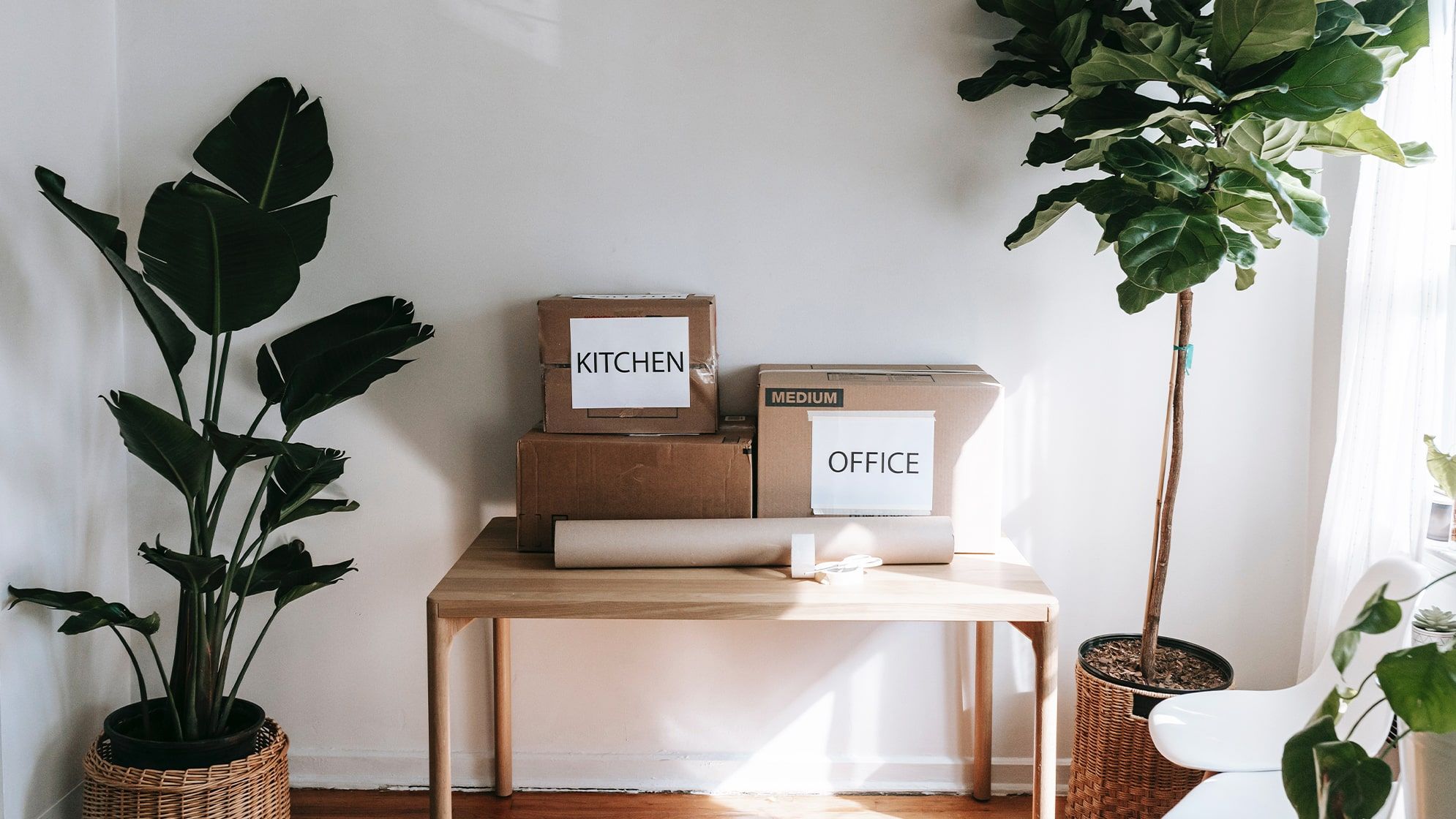
How to move house with your plants
Packing everything but the kitchen sink
